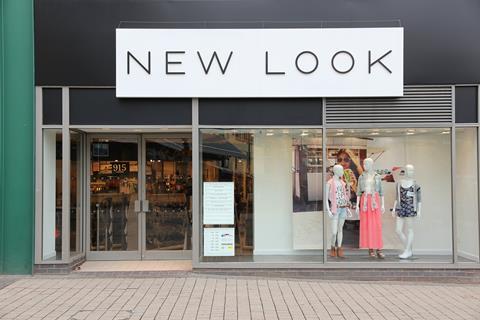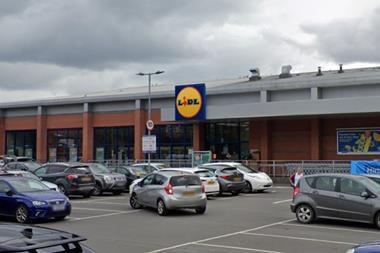Editor: The New Look CVA rent deal is a watershed moment for both occupiers and landlords.

For several years now, retail occupiers have been discussing the difficulty of retaining a fixed-cost rent approach with high streets facing increasing market volatility. Due to the pandemic, this thinking has accelerated and we are seeing more CVAs than ever before.
But this CVA is different. While it is New Look’s second CVA in three years, none of its 470 stores is set for closure this time, so it is seen as more of a strategic reorganisation rather than a rescue from distress – a reorganisation that could safeguard 11,200 jobs.
At the moment, the use of CVAs in this way is rare, which is why it is attracting attention. Ultimately, the landlords involved have calculated that if the deal stems the wave of closures, it is worth serious consideration.
The deal epitomises the debate that has been raging about who should share
the risks at a time when the future of retail is in flux. Businesses have optimised almost every aspect of their operations for flexibility, allowing them to respond to an unpredictable market.
But leases have remained stubbornly rigid. It is a natural next step to see a loosening of lease arrangements using a mechanism that is seen more commonly in the hotel industry.
Whether this shares the pain or doubles it will be a question only time can answer. We will certainly see a knock-on effect on investment returns and pension funds (many tied up with major landlords).
But directors, whether of landlords or renters, all have obligations to creditors, shareholders and employees, and it is mutual self-interest that has resulted in this current New Look deal.
A turnover-based agreement has the potential for all to share in upsides as well as downsides. Do not expect it to be a one-off.
Katie James, partner, Blake Morgan





























No comments yet